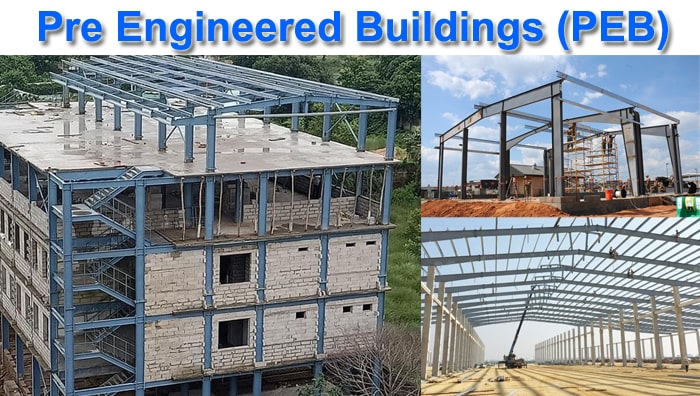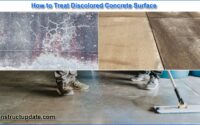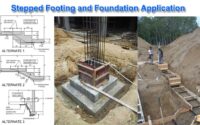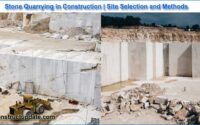What are Pre Engineered Buildings (PEB) | Advantages and Disadvantages of PEB
What are Pre Engineered Buildings?
Buildings that are engineered in a factory and erected on-site are known as pre-engineered buildings (PEB). PEBs are usually steel structures. Built-up parts are produced to exact sizes in the factory, then brought to the job site and fastened together. This structural concept is commonly utilised to construct industrial buildings, metro stations, warehouses, and other structures.
PEB’s capacity to replace the traditional steel building design concept resulted in a number of benefits, including cost savings and easier fabrication.
Internally, these types of building structures can be finished to fulfil any function, which is beneficial to low-rise building design. Warehouses, Canopies, Factories, Bridges, and other Pre-Engineered Buildings are examples.
Different steel structural members are used in pre-engineered buildings, and they are as follows:
Primary Frame:
The primary framing of a PEB is an assemblage of built-up I-Shaped steel sections, which can include trusses, castellated beams, and other structural elements.
Secondary Structural Elements:
It’s actually Cold Formed Members, which come in a variety of shapes such as “Z,” “C,” and so on. Known as “Purlins” in general.
Roof & Wall Panels :
Curtains and tin shades This category commonly includes glass walls and roll-formed steel sheets, as well as S
Sandwich Panels:
A non-aluminum core is sandwiched between two aluminium sheets in a sandwich panel comprised of three layers.
Other Accessories: Mezzanine floors, Bolts, Insulation, etc.

Advantages of Pre Engineered Building (PEB):
Pre Engineered Buildings provide a number of advantages, including the following:
The key advantage is quality control, as all structural members are engineered ahead of time, standards from various codes are taken into account, and these components are manufactured in the factory under the supervision of a Quality Control Engineer.
Design, production, and on-site erection costs are reduced, resulting in lower costs.
Due to the use of software for structural component design, construction time is reduced.
Low Maintenance due to the use of standard quality paints over steel members, which increases the ability to endure and, as a result, lowers the maintenance costs when compared to traditional steel buildings.
Because all of the members are pre-manufactured and skilled labour is required to join the various components, the erection is quick.
Manufacturers typically provide a warranty duration of 20 years for PEB.
Disadvantages of PEB:
Although pre-engineered buildings have numerous advantages in the realm of industrial structure, they do have some disadvantages, which are as follows:
Rusting / Corrosion Sensitive, because if the steel utilised or the paint used to coat steel members is of poor quality, the structure might be damaged, reducing the structure’s life.
Insulation Expenses, as insulating the structure to an acceptable standard will increase your construction costs even further.
When left exposed, steel sections can have an unappealing appearance.





